Ahmad Nadalian’s projects in southern Iran—particularly on the islands of Qeshm and Hormuz—are among the most profound examples of community-based and feminist art in contemporary Iranian practice. In one of these series, he collected the burnt and worn trousers of southern women, garments traditionally decorated with golâbatun embroidery, and transformed them into a group of mixed-media paintings. For Nadalian, these trousers were not merely articles of clothing; they were lived documents of the female body within a traditional society. Inspired by these textiles, he created paintings in which floral motifs and women’s needlework intertwine with faces marked by pain and trauma.
In these works, the tension between beauty and suffering—between ornamentation and hardship—is presented in a poetic yet critical manner. The flowers stitched or painted by the women symbolize hope, softness, and life; but the faces Nadalian added reflect women’s pain, marginalization, and silencing.
Nadalian intentionally alludes to the religious and cultural taboo against depicting faces in southern Iran. In many traditional communities, images of humans—especially women’s faces—are considered forbidden or disapproved of. In this project, the women drew the flowers—what was permitted—while Nadalian painted their faces—what was not allowed. This dialogue between the permissible and the prohibited generated a new form of collective artistic expression.
The burnt trousers in this series serve as metaphors for pain, burning, erasure, and discrimination. Yet when incorporated into an artwork, a symbolic repair takes place: what had been damaged or discarded is revived through art. In this way, Nadalian becomes not only an artist but also a cultural and social healer.
These projects continue the trajectory of his environmental and community-based works, but in terms of content they possess distinctly feminist and critical dimensions. With a local and internally informed perspective, Nadalian reveals the hidden struggles of women within tradition, reinterpreting these realities artistically without negating local values.
Ultimately, the “Burnt Trousers” series can be read as a dialogue between floral ornament and pain, between faith and silence, and between women and their society. These works reflect resilience and beauty amid constraints, and they stand as testimonies to the quiet yet enduring presence of women in the modern history of southern Iran.
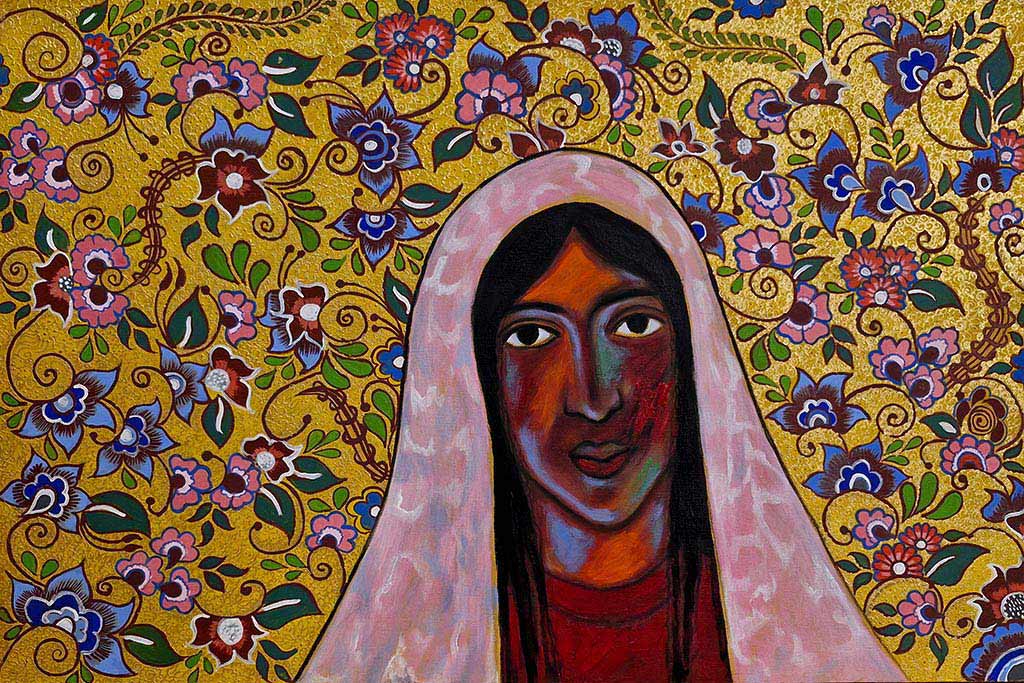
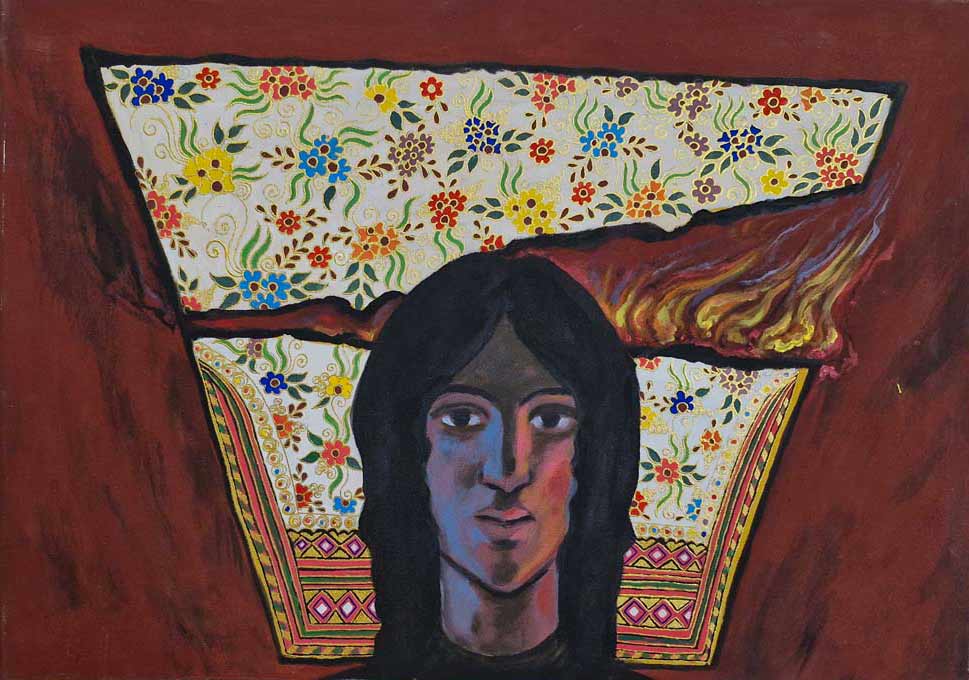
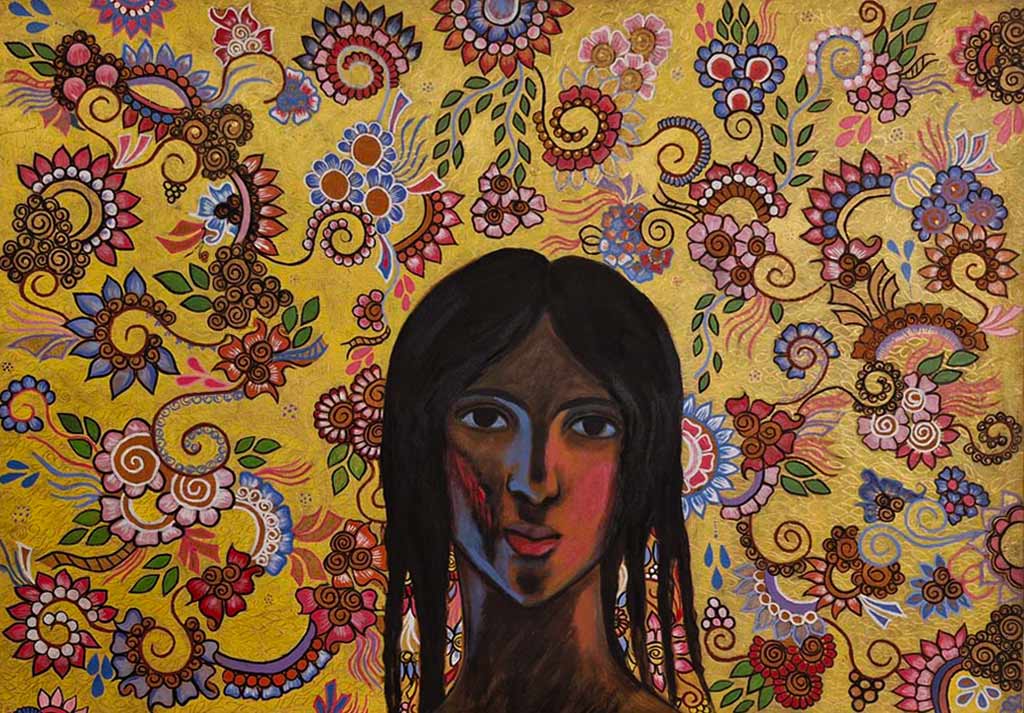
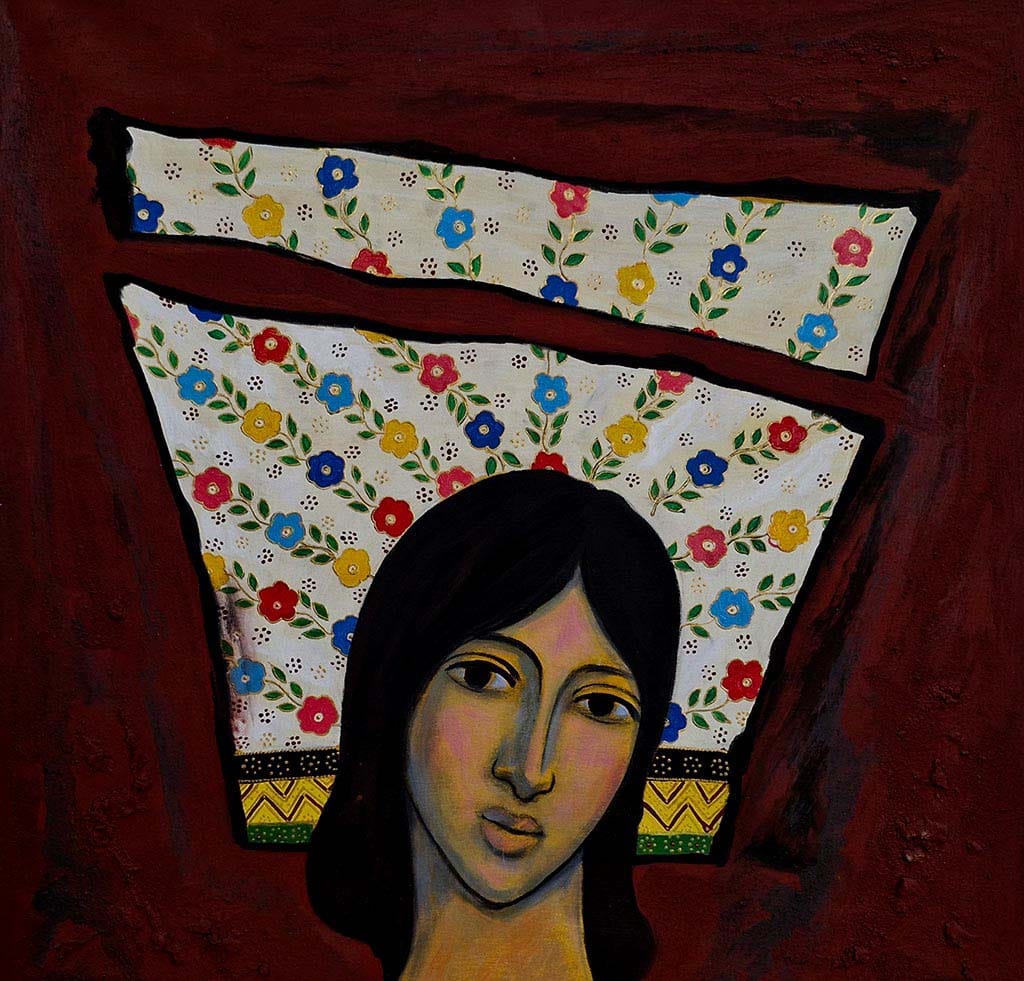
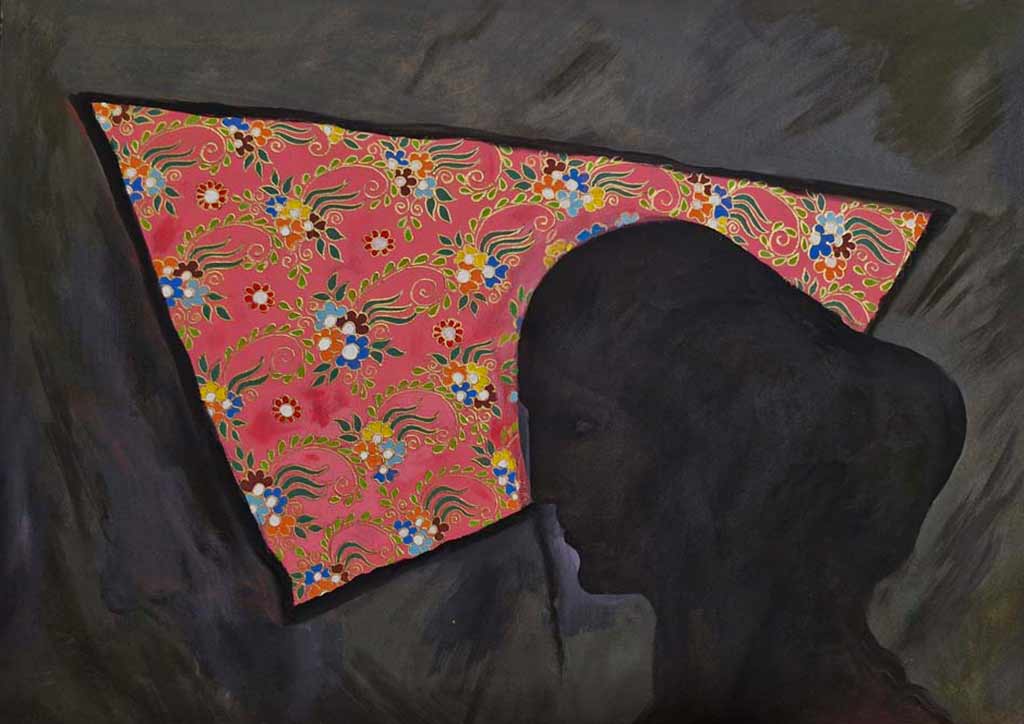
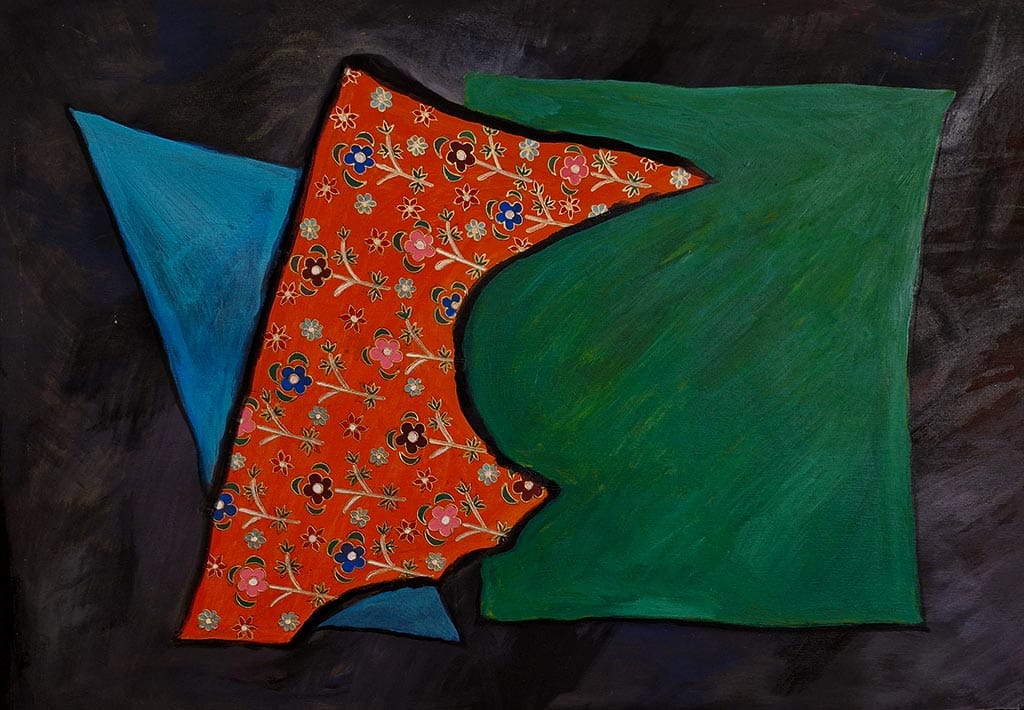
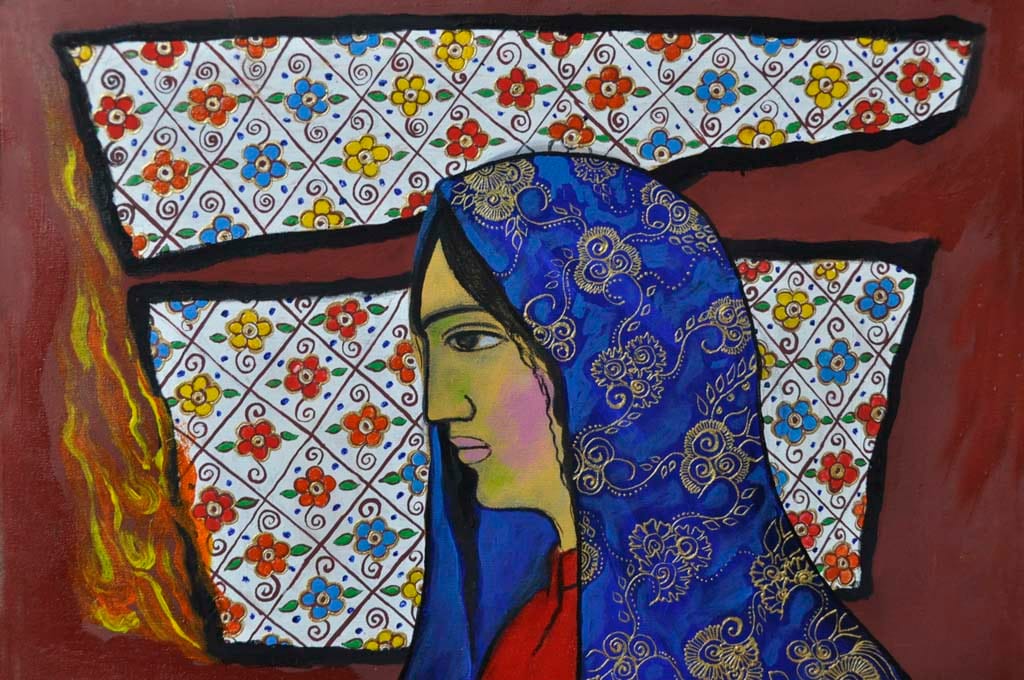
Views: 2

 فارسی
فارسی

